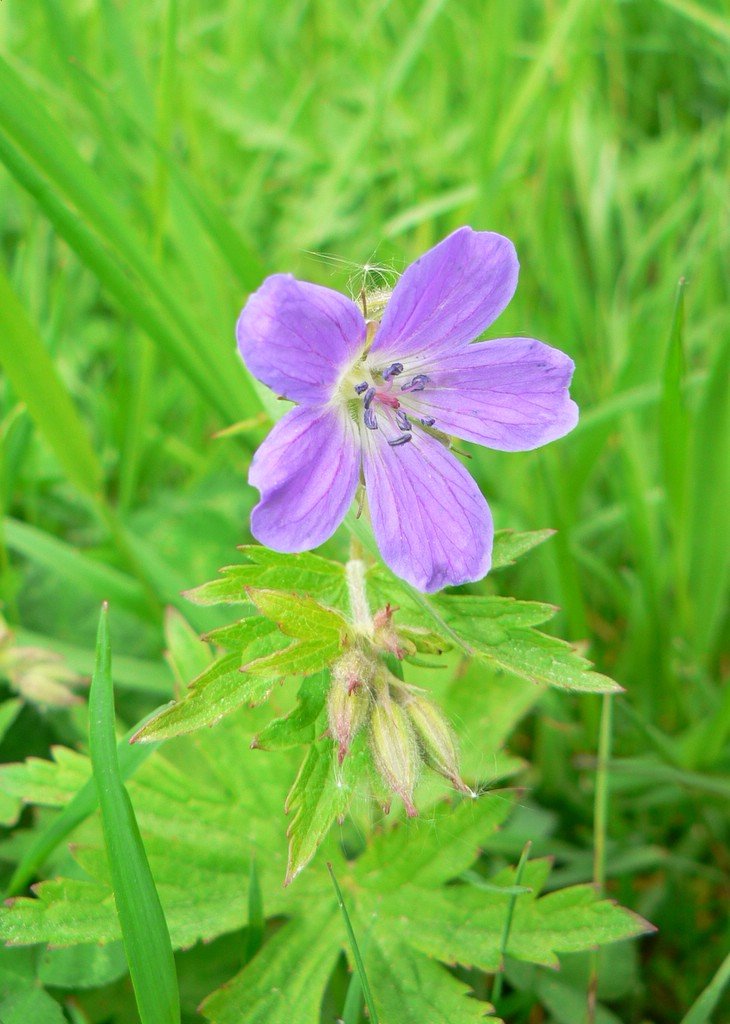

Digging is most effective in the spring when the soil is moist and the taproot is more easily removed.

Put non-disposable clothing in the laundry and wash yourself immediately with soap and water.įor a small infestation in a yard or garden (fewer than 100 plants), dig out as much of the taproot as you can with a sharp shovel or spade. Finally, take off your protective eye wear. Wash your rubber gloves again and then take them off. Wash your rubber gloves with soap and water, then take off your spray suit or outer clothing. After working around the plant, remove your protective clothing carefully to avoid transferring any sap from your clothing onto your skin. Spray suits are commercial-grade waterproof coveralls. A disposable spray suit over your normal clothing provides the best protection. Wear protective clothing, including waterproof gloves, long-sleeved shirts, pants and eye protection. The area must be monitored for several seasons to ensure complete eradication.
#Wild flowers how to#
Note: To manage wild parsnip effectively, learn how to identify the plant in both its first-year stage as a small rosette of leaves, and in its second year, as a tall flowering plant. The guide to Best Management Practices for Wild Parsnip describes the most effective and environmentally safe control practices for this species.
#Wild flowers professional#
To remove larger infestations (thousands of plants), you will likely need a professional exterminator and repeated treatments over several years. Wear protective clothing and dispose of plants carefully, as described below. If you have small clusters of wild parsnip on your property (fewer than 100 plants), you may be able to manage the plant yourself.
#Wild flowers skin#
Like giant hogweed and other members of the carrot family, it produces sap containing chemicals that can cause human skin to react to sunlight, resulting in intense burns, rashes or blisters. Its seeds are easily dispersed by wind and water, and on mowing or other equipment. The plant can form dense stands and spreads quickly in disturbed areas such as abandoned yards, waste dumps, meadows, open fields, roadsides and railway embankments. In the second year it flowers on a tall stalk and then dies. It typically grows a low, spindly rosette of leaves in the first year while the root develops. Wild parsnip, which is also known as poison parsnip, is a member of the carrot/parsley family. See the section Protective Clothing below. Collecting the plant from the wild should only be done with extreme care. Wild parsnip roots are edible, but the sap of the plant can cause severe burns. Since its introduction, wild parsnip has escaped from cultivated gardens and spread across the continent. It was likely brought to North America by European settlers, who grew it for its edible root. Wild parsnip is an invasive plant native to Europe and Asia.


 0 kommentar(er)
0 kommentar(er)
